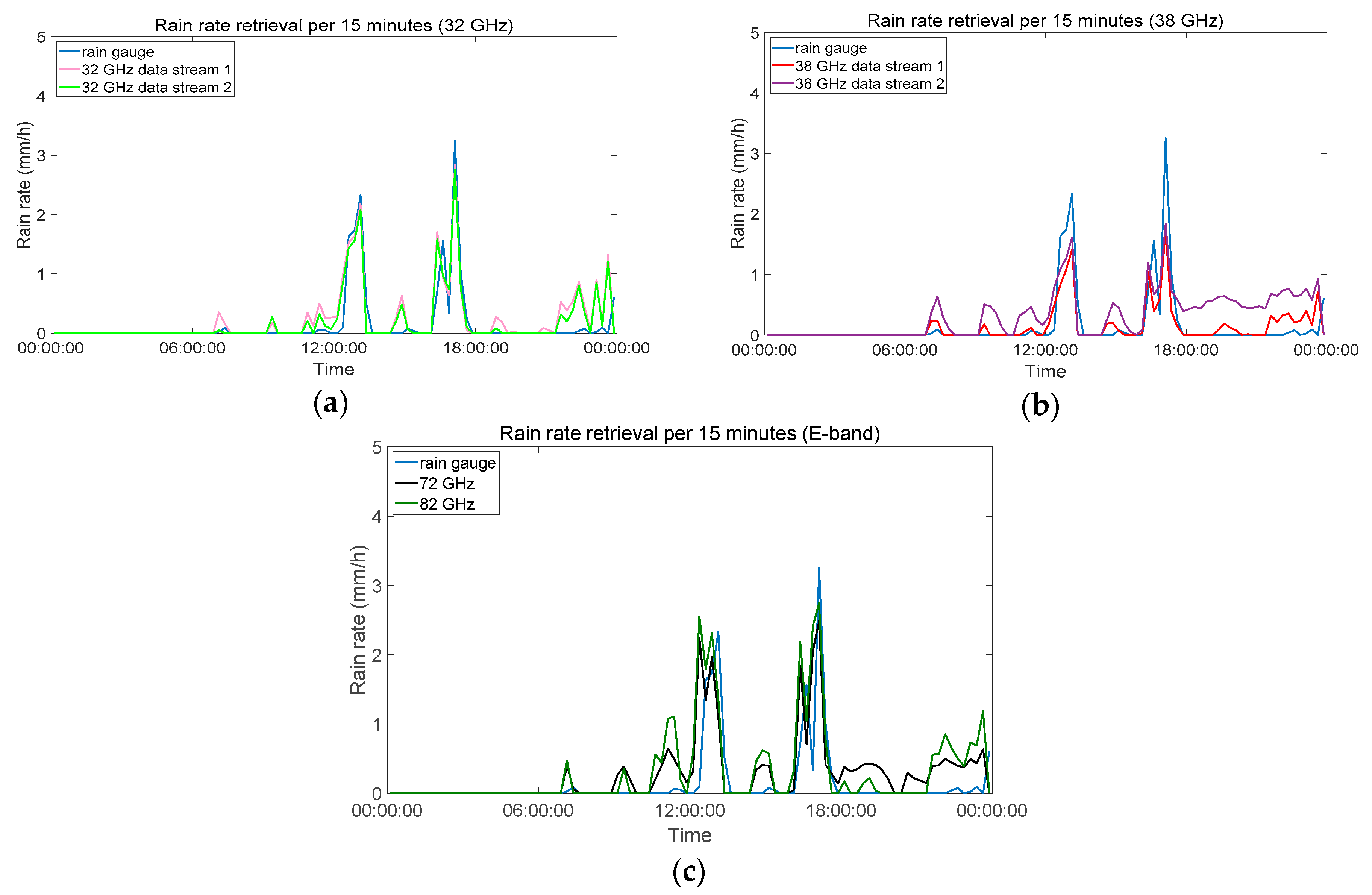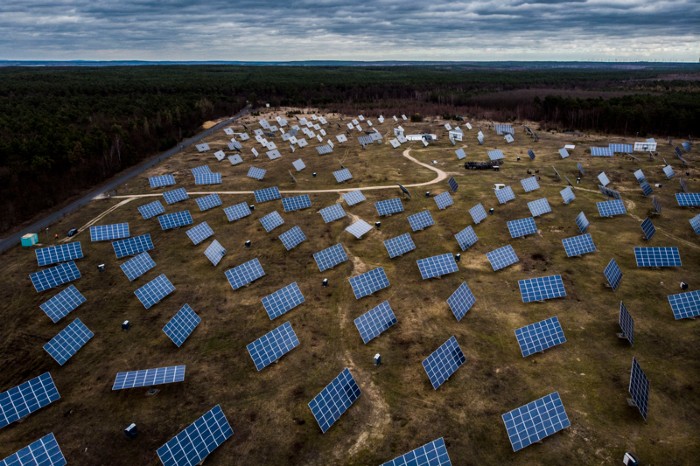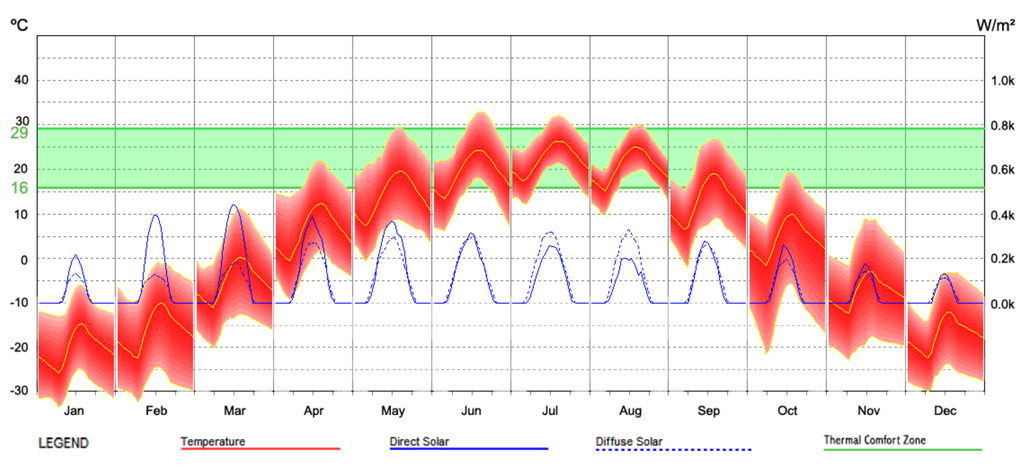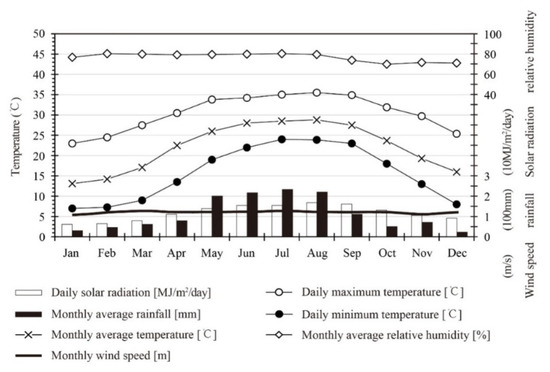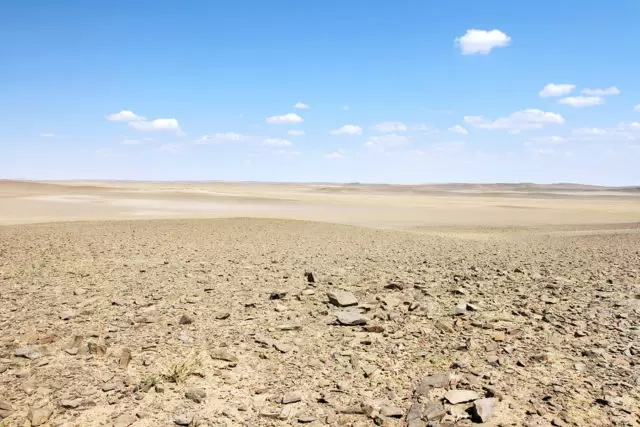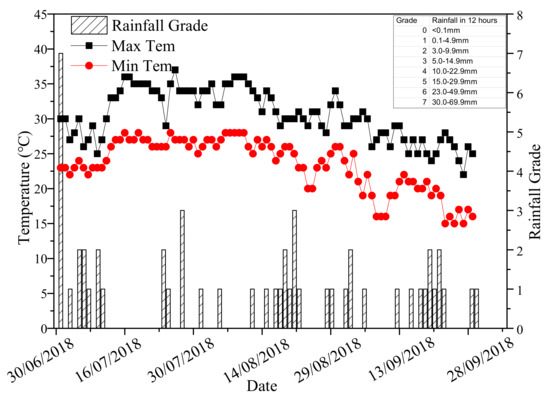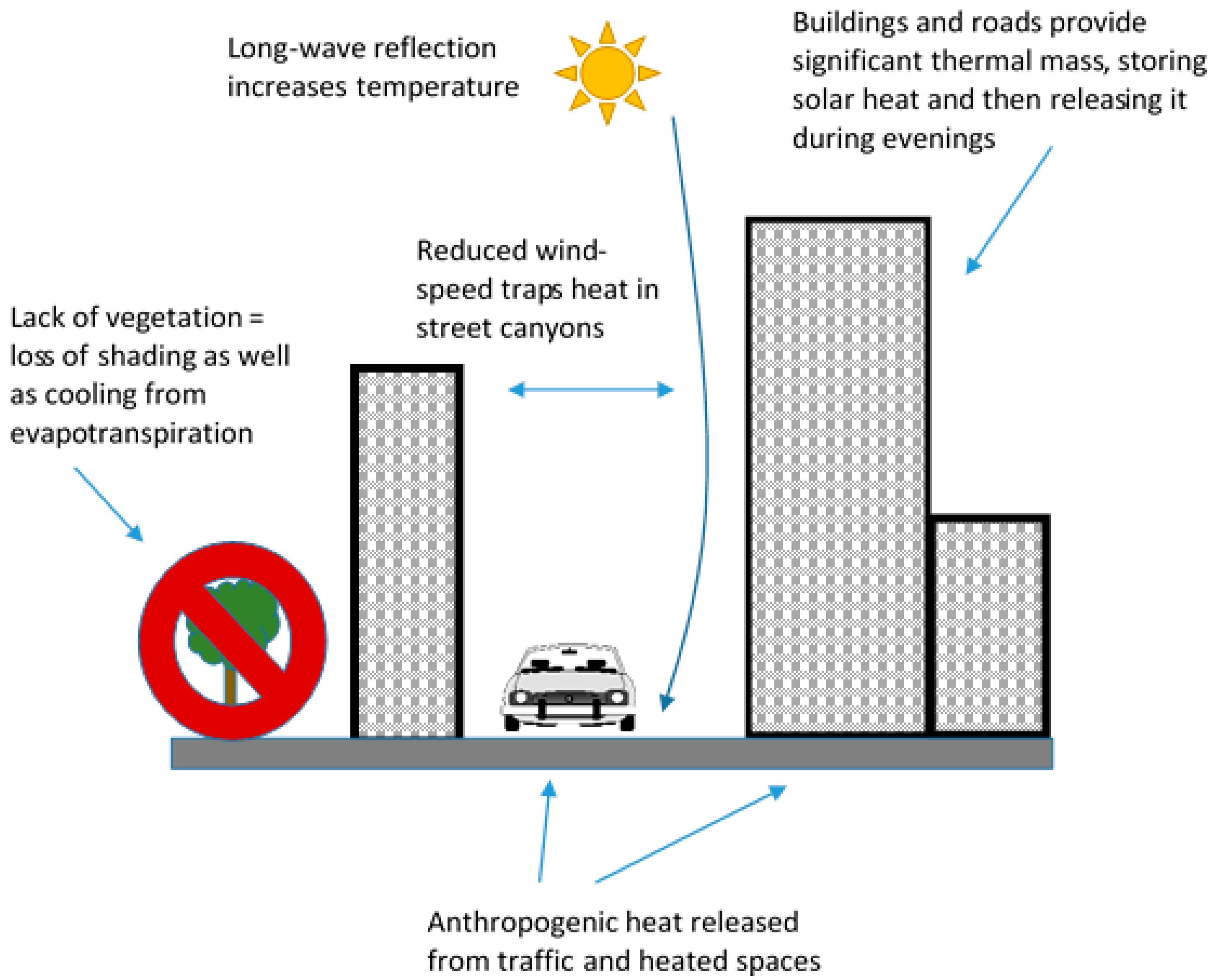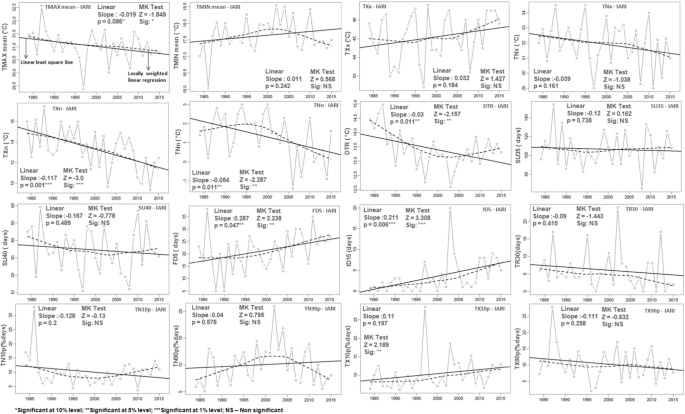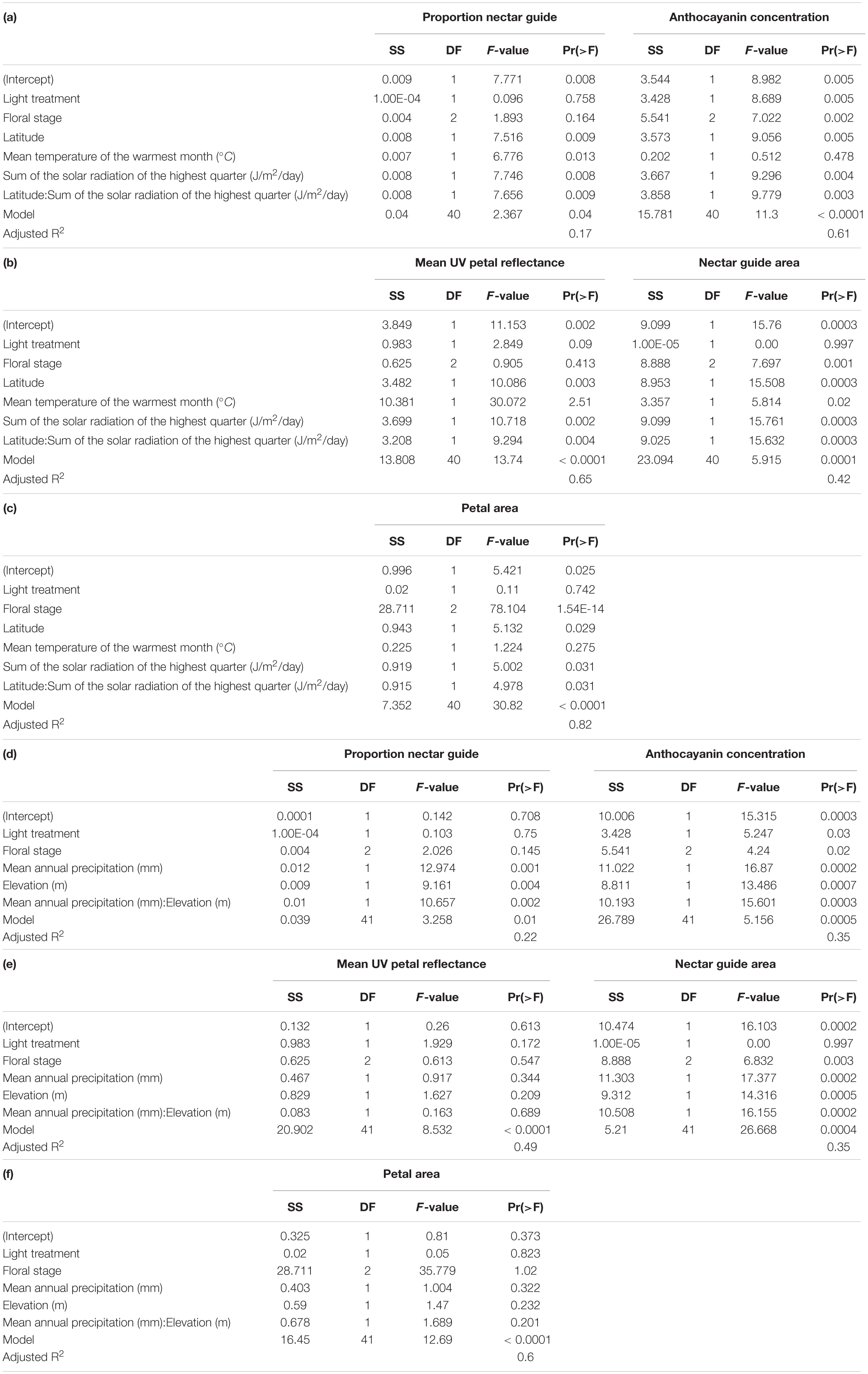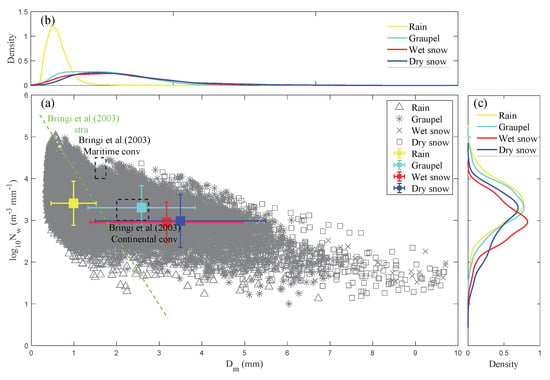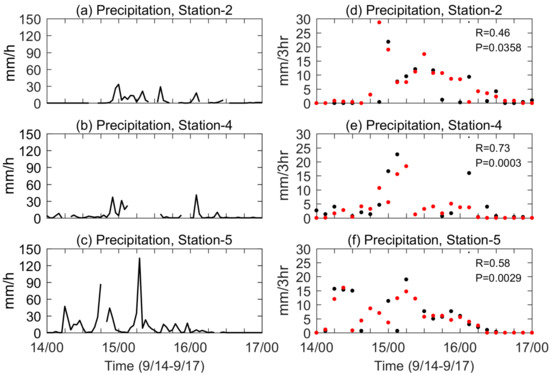Solar Panel Arrays Lower Temp In Desert Hurting Rain

All weather graphene solar panels can power up in the rain recent progress in the field of carbon graphene technology has opened the door to the possibility of all weather graphene solar panels that can keep making electricity for your home even through a torrential downpour.
Solar panel arrays lower temp in desert hurting rain. Scientists simulated three scenarios of wind and solar farms in the sahara and sahel deserts. With the recent pineapple express storm pounding california with more rain and more extreme weather than usual homeowners might be left wondering about the effect of weather on solar panels. That being said rain is surprisingly beneficial to your solar power system as it serves to wash away dirt and debris essentially giving your panels a good cleaning now and then. In fact the first two simulations in this study which assumed solar panel installations throughout the world s desert and urban areas produced a 2 degree celsius regional cooling in the desert.
Home solar panels are tested at 25 c 77 f and thus solar panel temperature will generally range between 15 c and 35 c during which solar cells will produce at maximum efficiency however solar panels can get as hot as 65 c 149 f at which point solar cell efficiency will be hindered. Here s what you need to know about how solar panels work and how weather may affect them. A field experiment in the united kingdom revealed a drop of 1 1 of. The energy production efficiency of solar panels drops when the panel reaches hot temperatures.
How hot do solar panels actually get. Solar panels and rain. In a new study researchers found that solar and wind farms can produce their own weather. The effect of high temperatures.
In climates or seasons that are dominated by clouds and rain an all weather solar panel could provide a clean form of energy that is not possible with existing technology. Solar panels could increase rainfall by 50 and both encourage vegetation the plans would also result in 4 5x the world s current energy needs being met by tim collins for mailonline. Where you have rain you have clouds and with both comes a decrease in system production as stated above.






